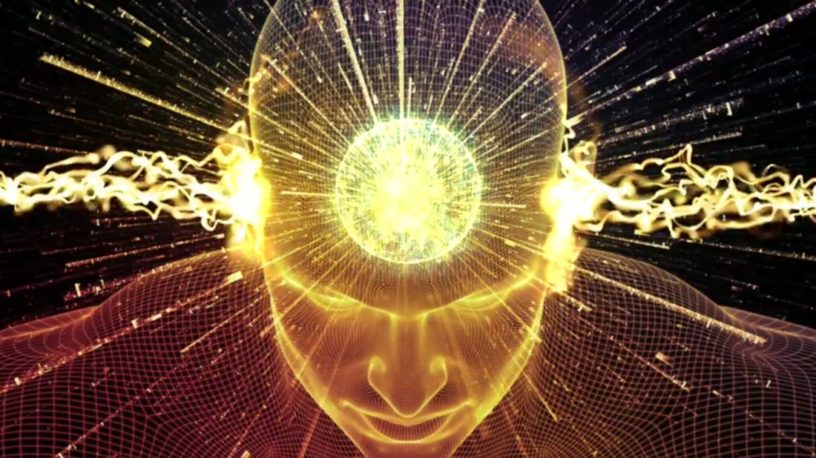Paramacharya of Swaha, Pt. Hardeo Persad, part one of an interview on 90.5 FM on 07.05.20
Question: Where does the soul come from?
Answer: The individual soul is a point of consciousness, the Divine Consciousness. It is part of the Supersoul, Brahm. That Supreme soul is a circle with an infinite circumference, with the body at its centre. In essence, there is an infinite circle of consciousness that we call Brahm, and the individual soul is at its centre. If I were to ask how many infinite circles there are, the answer is one. How many centres could there be in a circle with an infinite circumference? The answer is: infinite. A centre can be anywhere and everywhere. That one circle of infinite consciousness is the substratum of all creation. The individual soul, that point in space, is a point of consciousness. We are all connected. Whatever I do impacts upon you; it is the law of cause and effect.
When someone dies, the centre shifts to another point in space. Ishwar ansh, jeeva avinashi: the soul is one with the Divine. Tat twam asi: Thou are That. All these mahaavakyas (great sayings) of the scriptures point towards the unity between soul and Supersoul. The Devi Bhagwat tells us that, through yoga and vigyaan (knowledge), we can understand the nature of the soul and the relationship of the soul with respect to the Supersoul.
In Shaivism, they refer to that Brahm as ParamShiva. That Supreme Purusha is the essence of all creation; it has no beginning, middle or end. Paramshiva, the ocean of Divine Consciousness is always present, always existing. Cosmic manifestation is revealed through the tattvas or basic principles. That Supreme Purusha manifests as Shiva and Shakti. The concept at this point is, “I am this creation.” Consciousness becomes more subjective. As the Divine Being continues to descend, the concept changes from ‘I’ to the world. The concepts of Ishwar, “this is what I am” and Shudhavidyaa (pure knowledge) emerge. Then, there is the concept of maayaa, which conveys the illusion of individuality. The soul is not separate from the Supersoul but the limitations of maayaa obscure the pure consciousness.
As a result of maayaa, there are five limitations imposed upon the soul:
- Limitation of space and place: I live in a certain area or country. In reality, the soul is everywhere but the body occupies a point in space, so the illusion of individuality limits me to seeing myself as existing in one place.
- Limitation of kaal, time: I am a certain age. The soul is ageless, but it identifies with the body because of
- Limitation of vidyaa, knowledge: I do not know everything. I am only a specialist in one area.
- Limitation of raag, attachment: I need to have certain things to be happy. However, in our true nature, we are purnataa,
- Limitation of kalaa, power and creativity: I am limited in what I can do and create.
In the Vedanta perspective, the Purusha is that Divine Being identifying with the world of objects, with the panch tattva (the five major elements).
To summarise, we are all Divinity but we are caught in the limitations, maayaa, which stops us from identifying with our true nature. As the Bhagavad Gita says, “The soul is never born nor does it die…weapons cannot cut it; fire cannot burn it; water cannot moisten it; wind cannot dry it.” This is who and what we are in reality. Birth and death, pain and pleasure, these are attached to the body and mind, not to the soul.
In the Ramaayan, it is said that the rainwater from the cloud is pure. However, when it reaches the earth, it gets muddied. It goes through the streams and rivers and eventually reaches the ocean. The Ramaayan teaches that the soul is pure but when it is embodied, it encounters impurities. However, when it reaches the ocean of consciousness, it discards its impurities and merges with it. In our essence, we are at all times pure. The objective of life is to free ourselves from the limitations of maayaa and realise our true nature, which is one with Divinity.



